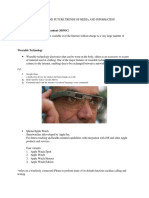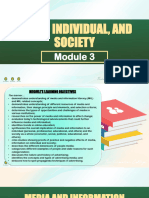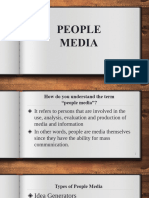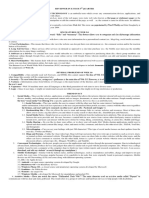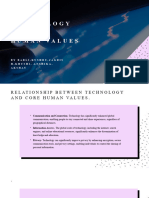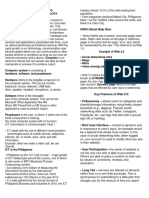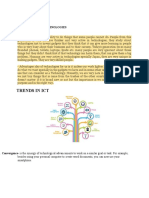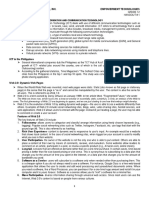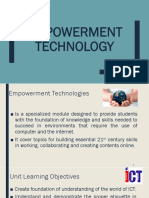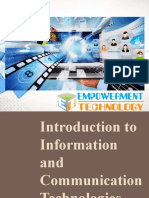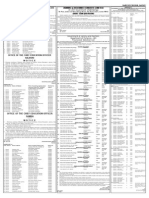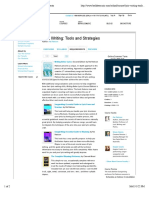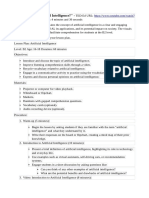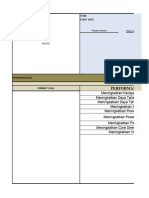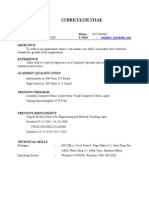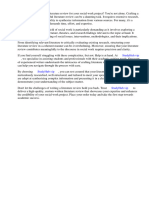0% found this document useful (0 votes)
15 views8 pagesMil Reviewer
The document outlines various technological trends, including AI, IoT, wearables, and cloud computing, emphasizing their continuous improvement and innovative applications across different fields. It also discusses the role of people in media, categorizing them into 'People as Media' and 'People in Media,' highlighting the advantages and limitations of social media in relationships, entertainment, learning, recognition, and career progression. Additionally, it covers motion media characteristics, forms, advantages, and limitations, emphasizing the importance of credibility and the impact of motion media on communication.
Uploaded by
bjy77dkrcmCopyright
© © All Rights Reserved
We take content rights seriously. If you suspect this is your content, claim it here.
Available Formats
Download as PDF, TXT or read online on Scribd
0% found this document useful (0 votes)
15 views8 pagesMil Reviewer
The document outlines various technological trends, including AI, IoT, wearables, and cloud computing, emphasizing their continuous improvement and innovative applications across different fields. It also discusses the role of people in media, categorizing them into 'People as Media' and 'People in Media,' highlighting the advantages and limitations of social media in relationships, entertainment, learning, recognition, and career progression. Additionally, it covers motion media characteristics, forms, advantages, and limitations, emphasizing the importance of credibility and the impact of motion media on communication.
Uploaded by
bjy77dkrcmCopyright
© © All Rights Reserved
We take content rights seriously. If you suspect this is your content, claim it here.
Available Formats
Download as PDF, TXT or read online on Scribd
/ 8



